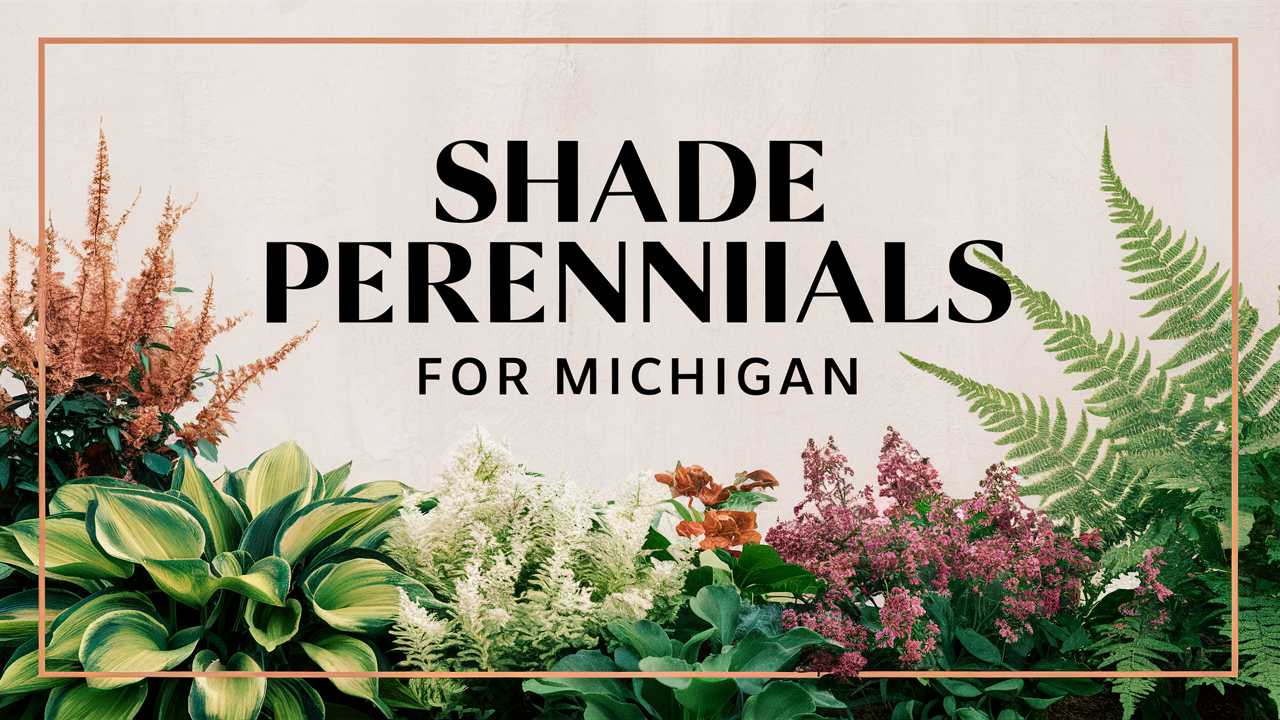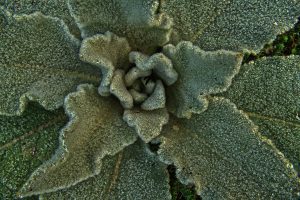Michigan’s diverse climate falls within USDA Hardiness Zones 3 to 6, which encompasses a wide range of plant selections. Below, we’ll explore perennials that thrive in shade and are well-suited for Michigan gardeners.
Hellebores
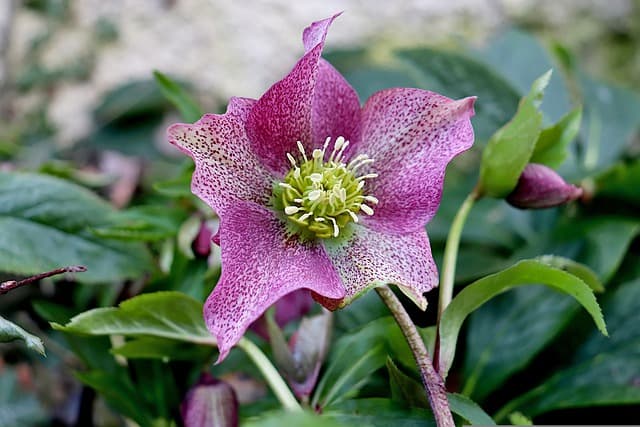
Hellebores, also known as Lenten roses, are a stunning early-blooming perennial. They often emerge in late winter or early spring, bravely pushing through leftover snow. Their evergreen foliage remains attractive throughout the year, and their blooms come in various colors—white, pink, plum, and even speckled varieties. Hellebores prefer well-drained soil and can thrive in full to partial shade.
Hostas
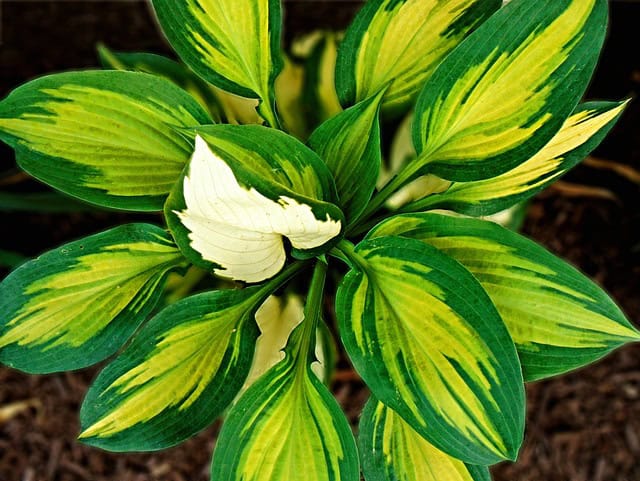
Hostas are perhaps the quintessential shade perennial, beloved for their wide variety of leaf shapes, sizes, and colors. From deep greens to variegated options with cream or yellow splashes, hostas can fit any garden style. They produce spikes of lavender or white flowers in late summer, attracting pollinators. Hostas thrive in well-drained soil and perform best in partial to full shade.
Astilbe

Astilbe is a perennial that adds a burst of color to shady spots with its plume-like flowers in shades of pink, red, or white. This plant prefers consistently moist soil and can tolerate a range of light conditions, although it does best in partial shade. Its lush, fern-like foliage complements other shade plants beautifully and continues to provide visual interest even after the flowers fade.
Bleeding Heart
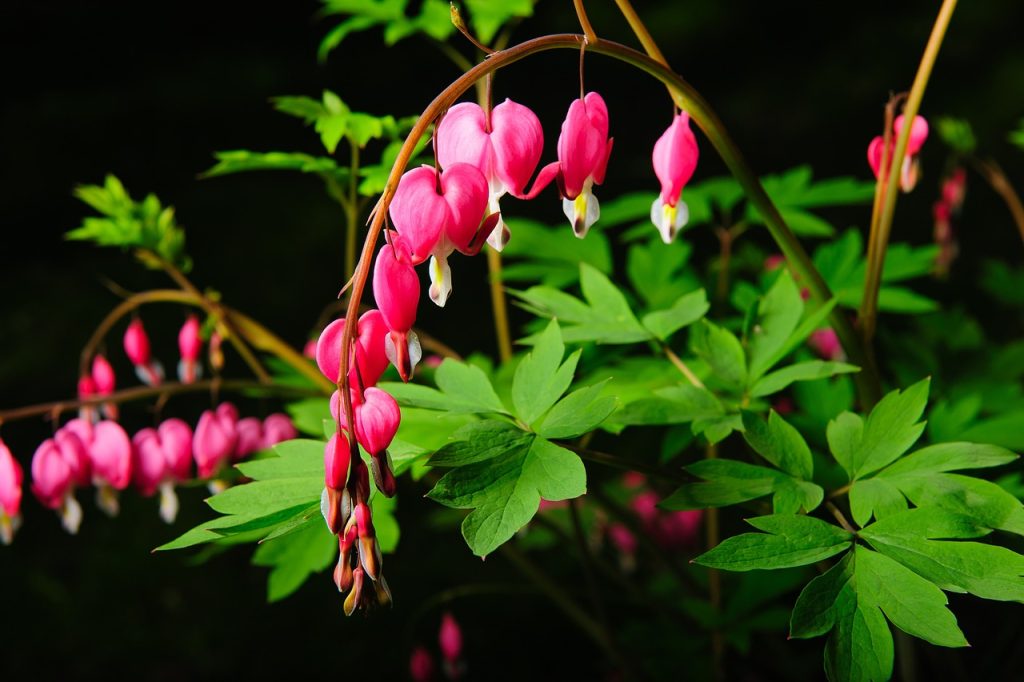
The Bleeding Heart is a classic shade perennial featuring delicate, heart-shaped pink or white blooms that dangle serenely from arching stems. This plant loves the cooler temperatures of Michigan, making it an excellent choice for spring gardens. It thrives in rich, well-drained soil and performs best in partial shade, often pairing beautifully with ferns and hostas.
Solomon’s Seal
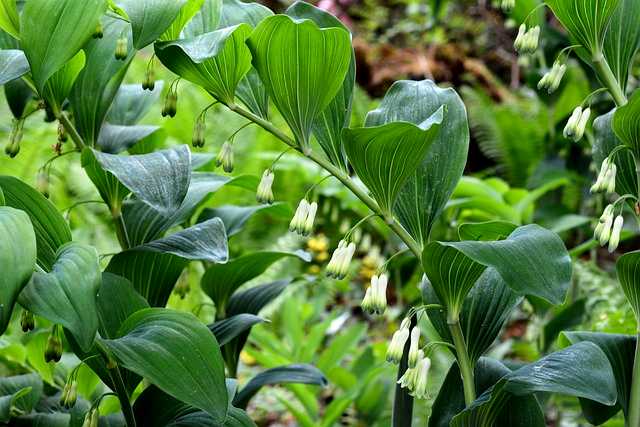
Solomon’s Seal is an elegant perennial that flourishes in full to partial shade. Its graceful arching stems hold small, bell-shaped flowers that hang delicately beneath the foliage in spring and early summer. The plant’s leaves turn a stunning golden yellow in the fall, providing year-round beauty in your garden. It’s also a resilient choice that’s adaptable to various soil types.
Japanese Painted Fern
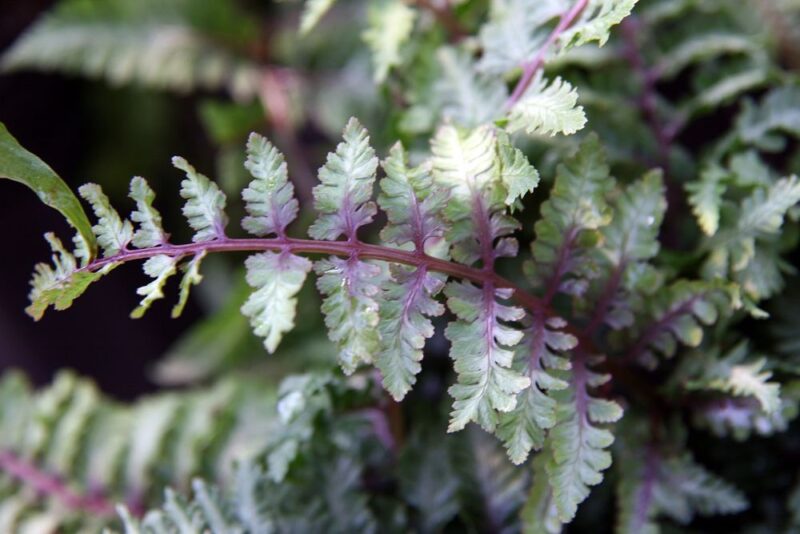
Adding a touch of elegance to your shade garden, the Japanese Painted Fern features distinctive silvery and green fronds that catch the light beautifully. This fern thrives in rich, well-drained soils and is particularly tolerant of dry periods once established. Its striking foliage makes it a captivating choice for a shaded area, adding texture and depth.
Pulmonaria (Lungwort)

Pulmonaria, commonly known as Lungwort, is celebrated for its charming springtime blooms. Clusters of blue, pink, or white flowers appear as the leaves emerge, drawing early pollinators back to the garden. The foliage is often speckled or spotted, providing visual interest year-round. Lungwort thrives in moist, well-drained soil and partial to full shade, making it perfect for shaded borders.
Tiarella (Foamflower)
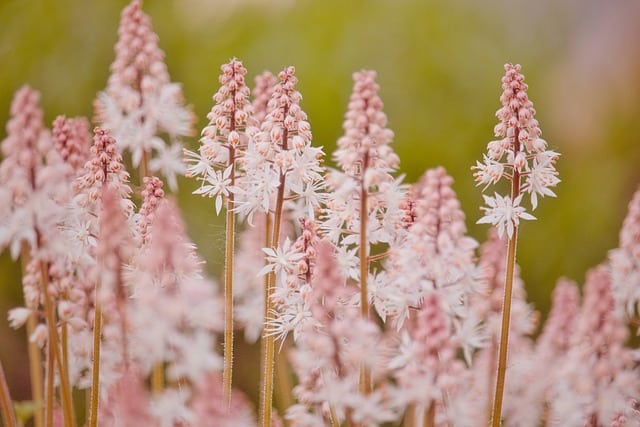
Tiarella, or Foamflower, is a low-growing perennial that produces airy spikes of white or pink flowers held above its attractive foliage. It’s ideal as ground cover in shady spaces, thriving in rich, moist soil. The dense leaf growth creates a carpet-like effect that complements taller plants, ensuring your garden has depth and allure.
Coral Bells (Heuchera)
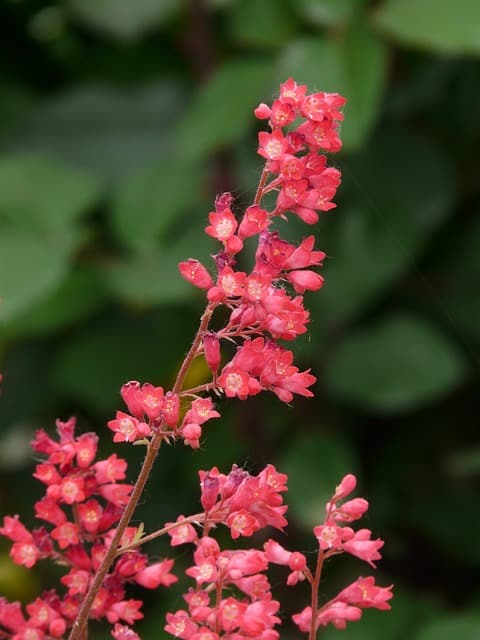
Coral Bells are famous for their stunning and colorful foliage, available in shades of burgundy, red, and silver. These perennials produce small, bell-shaped flowers that attract hummingbirds in late spring and early summer. Coral Bells are adaptable to a range of soils and thrive in partial shade, offering visual interest throughout the growing season.
Brunnera (False Forget-Me-Not)
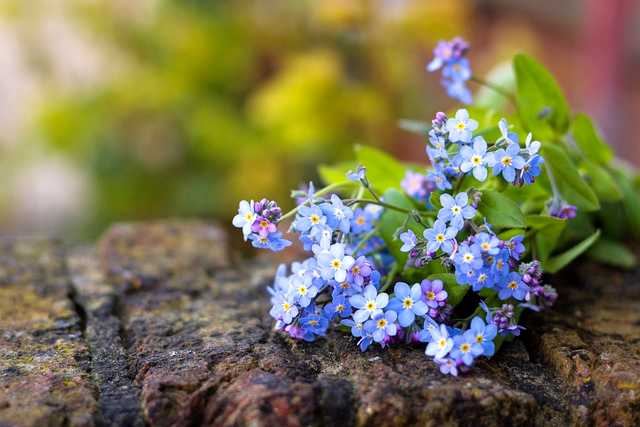
Brunnera is an excellent shade perennial that creates a lovely display with its heart-shaped leaves and clusters of bright blue flowers resembling forget-me-nots. It prefers consistently moist soil but is adaptable to various soil types. This plant not only survives well in partial to full shade but also attracts early-season pollinators, making it a beautiful and functional addition to your garden.
Epimedium (Bishop’s Hat)
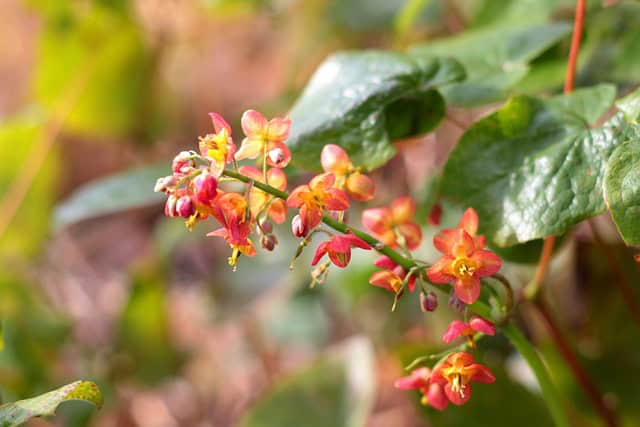
Epimedium, or Bishop’s Hat, is a fantastic option for dry, shady areas. It produces delicate flowers in spring and offers attractive heart-shaped foliage that turns beautiful shades in the fall. This low-maintenance perennial is perfect for gardeners seeking resilience and charm in low-light conditions.
Lady’s Mantle
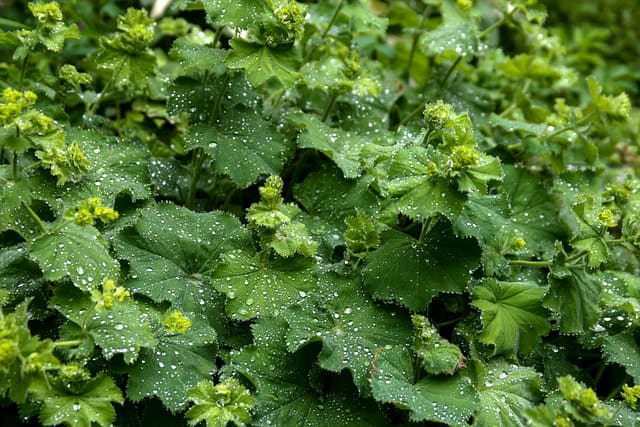
Lady’s Mantle is cherished for both its beauty and utility in the garden. Its rounded, pleated leaves offer a lovely ground cover that thrives in partial to full shade. The plant produces clusters of small, yellow flowers that dot your garden in late spring. Additionally, its leaves can trap dew in the morning, creating a shimmering effect that enhances the beauty of any shaded area.
Tradescantia (Spiderwort)
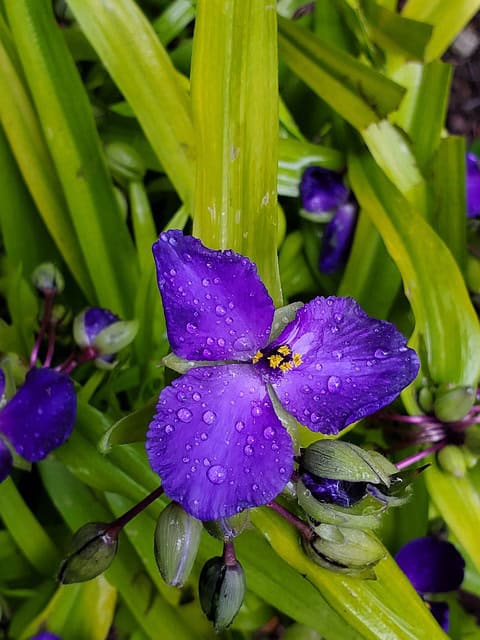
Tradescantia, often referred to as Spiderwort, presents vivid, colorful flowers that bloom in spring. Its grassy leaves add a soft texture to shade gardens, and the plant is adaptable to varying soil conditions. This perennial is an excellent choice for natural settings adorned with a cascading effect.
Ferns
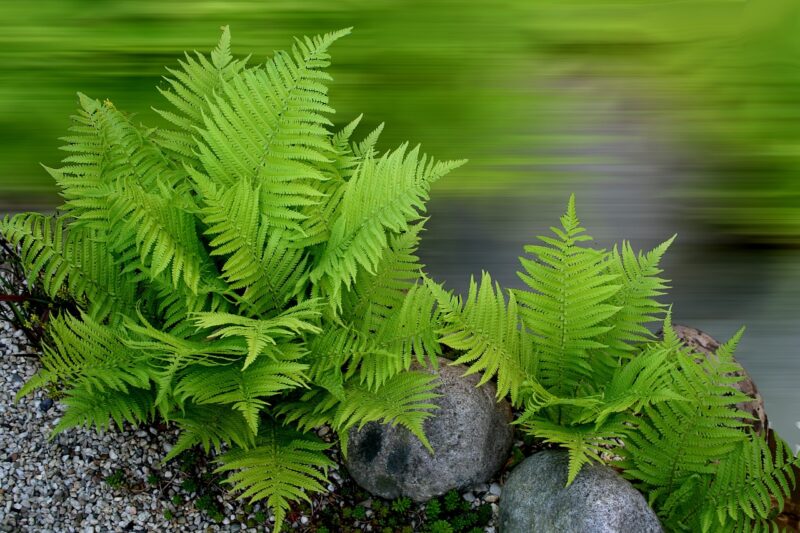
Ferns are classic shade lovers that infuse lush texture into shaded areas. Thus varieties such as Lady Fern, Ostrich Fern, and Maidenhair Fern bring diverse shapes and textures, enhancing the beauty of your garden. They thrive in moist, well-drained soil and can grow in full to partial shade, providing greenery even in the darkest corners.
Wild Ginger
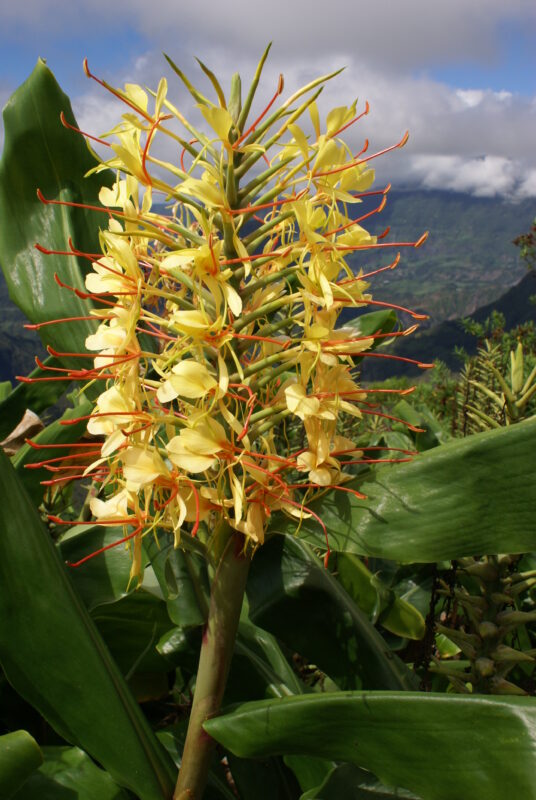
Wild Ginger is a delightful and versatile shade-loving perennial that can spread to create a lush ground cover. Its heart-shaped leaves thrive in moist, well-drained soils, and it produces small, brown flowers at ground level in spring. This perennial works well as a low-maintenance option for naturalized areas.
Kirengeshoma (Yellow Waxbell)
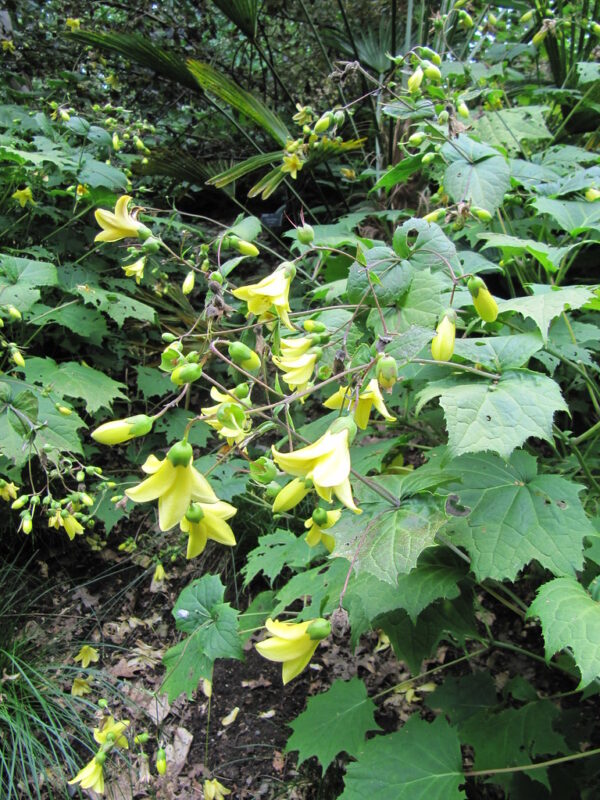
Kirengeshoma stands out with its striking yellow, waxy flowers that bloom in late summer, fascinating gardeners with its unique appearance. The foliage adds rich green texture and thrives best in partial shade with consistently moist soil, making it a lovely choice for shady borders or woodland gardens.
Anemone (Japanese Anemone)
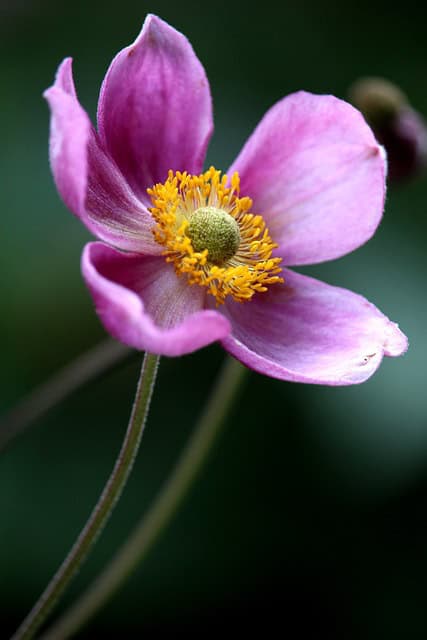
Japanese Anemone is celebrated for its late-summer blooms, which bring joy and color when many other perennials are fading. The plants produce elegant, pink or white flowers that stand tall, making them excellent for the back of a shaded perennial border. They flourish in well-drained soil and benefit from partial to full shade.
Sedum (Stonecrop)
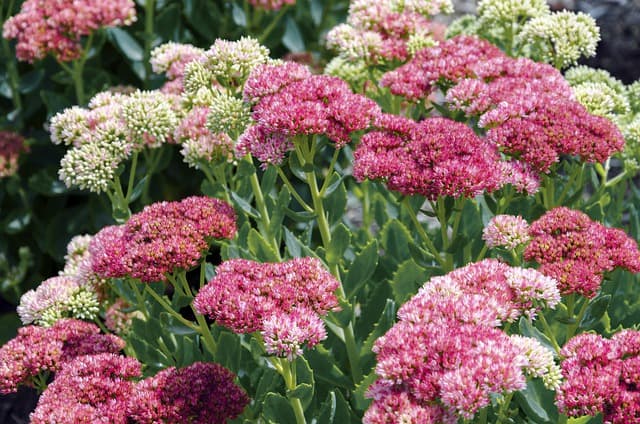
While many Sedum varieties are sun-loving, certain types like Sedum ternatum are well-suited for partial shade. Their succulent leaves provide a unique texture to the garden, while clusters of tiny star-shaped flowers attract beneficial insects. Sedum is also drought-tolerant once established, making it a reliable option for low-maintenance shade gardens.
Dicentra (Dutchman’s Breeches)
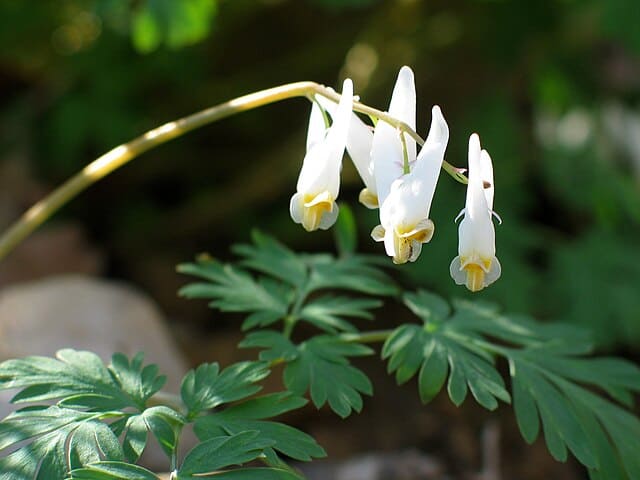
Dutchman’s Breeches is another lovely shade perennial known for its unique, breeze-like flowers resembling tiny trousers hanging on a clothesline. The bright green foliage adds a pop of color, and it performs best in well-drained soil in woodland gardens. This plant thrives in full to partial shade, making it a versatile and charming option.
Aconitum (Monkshood)
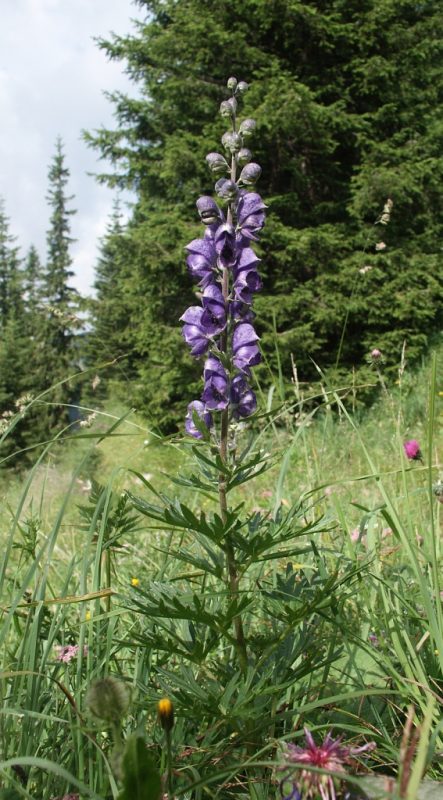
Aconitum produces striking blue flowers that bloom late in the summer, providing bold color against the rich greens of your shade garden. It’s perfect for adding height and drama. However, use caution, as all parts of the plant are toxic; it’s advisable to plant in places where pets and children won’t come into contact with it.
Black-Eyed Susan (Rudbeckia)
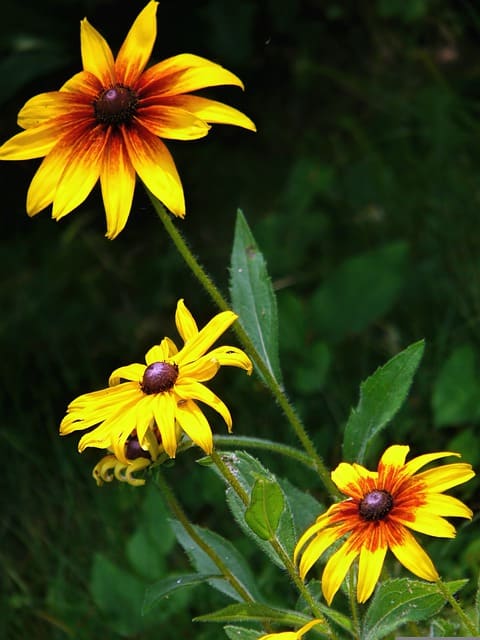
Though typically known for their affinity for sunny spots, certain varieties of Black-Eyed Susans can flourish in partial shade. Their cheerful yellow blooms with dark centers bring a splash of color to your garden and are excellent for attracting pollinators.
Campanula (Bellflower)
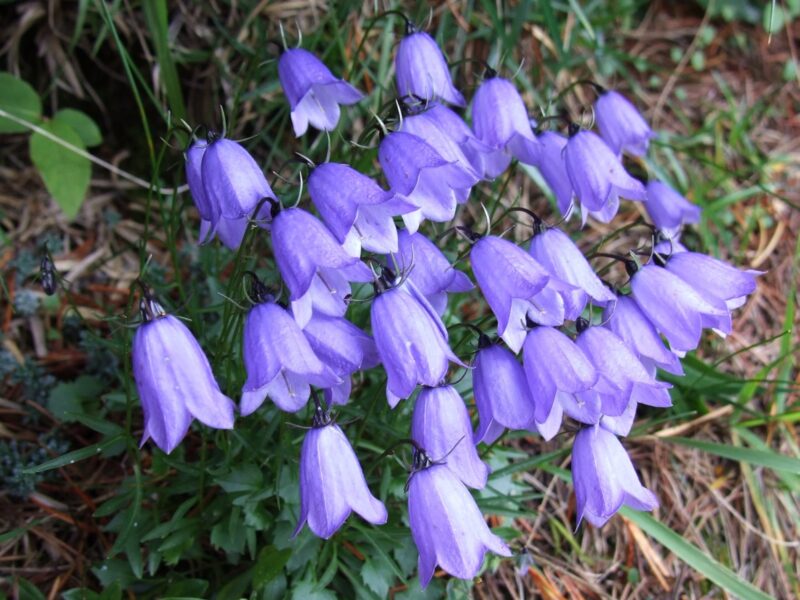
Campanula can brighten up shaded areas with its stunning star-shaped flowers in varying shades of blue, white, and purple. Adapting well to various soil types, these perennials excel as ground cover in semi-shaded borders, offering prolonged blooming seasons that can add lasting beauty to your garden.
Planting and Maintenance Tips
After selecting your shade perennials, consider the following best practices for planting and maintaining them:
Soil Preparation: Ensure the soil is rich and well-drained, as most shade-loving perennials prefer moist conditions. Amend your soil with organic matter to enhance its texture and fertility.
Spacing: Allow adequate spacing between plants to ensure they have room to grow and receive adequate air circulation, which helps prevent diseases.
Mulching: Apply a layer of mulch to retain soil moisture and suppress weeds. Organic mulches also enhance soil health as they decompose over time.
Watering: Newly planted perennials may need regular watering until they establish roots. Monitor moisture levels closely, especially in dryer seasons.
Fertilization: A slow-release fertilizer applied at the beginning of the growing season can help support healthy growth and blooming.
Conclusion
A shaded garden in Michigan can be a vibrant retreat filled with diverse life and beauty, thanks to perennials that thrive in low light. The 25 shade perennial plants featured in this article are not only suitable for Michigan’s USDA Hardiness Zones 3 to 6, but they also provide a rich tapestry of colors, textures, and shapes that can transform your garden.


